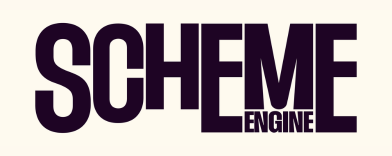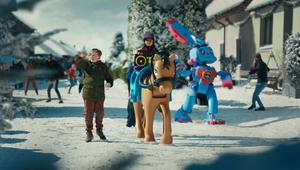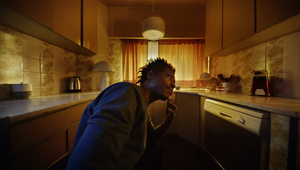
In ‘Strings’, IRL and CGI Deliver Emotional Magic
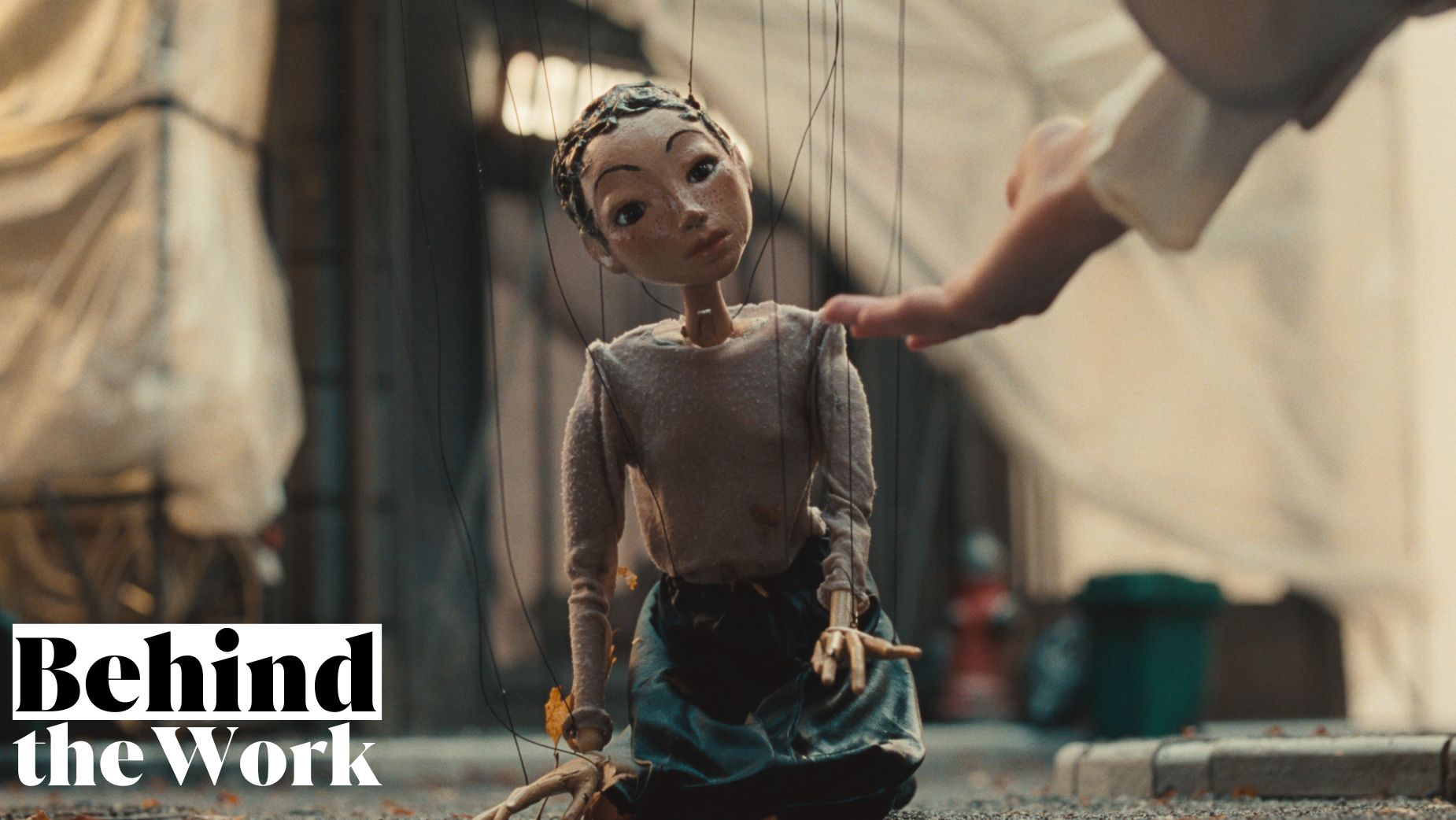
Last month Publicis Counseil unveiled the latest film for Cancer@Work, an association working for over ten years to help people in the workplace affected by cancer. The film, titled ‘Strings’, is a poetic depiction of what it's like for an individual to experience cancer, feeling isolated at first, before receiving the support needed from their workplace.
Director Niclas Larsson took inspiration from ‘Being John Malkovich’, which sparked his curiosity to work with marionettes in the first place and, a few years ago, he came across the 2004 film ‘Strings’ that “absolutely blew my mind,” he said.
So, far from a typical PSA, ‘Strings’ employed a puppet to represent the story’s heroine, Marie, which was crafted by puppeteer Alice Gottschalk. “Our puppeteers had to work day and night to build ‘Marie’ the puppet. It was a real challenge from the very beginning to create something in two weeks that usually needs months and months to do,” recalled Niclas while shouting out the Iconoclast team (“Nils, Alexis, Flora, Bjorn and Karin.”) for helping to make it happen.
"During a conversation with our puppeteer Alice, in which she presented the first model, it became clear to us that we were working on something special. In this simple yet profound gesture, Alice showed us a pure form of generosity — the heart
of this campaign," said Alexis Delanoue, Iconoclast's executive producer.
"The hybrid craft — the fusion of analogue and digital techniques — reminded us once again that the quality of craftsmanship and dedication is essential to conveying meaning, being generous, sharing, and creating a work full of deep emotion and significance," Alexis added.
When the team at Rohtau saw the brief from Iconoclast, they instinctively understood why Niclas opted for a real puppet to play the central role in the film. Its tactile quality and human-like movement worked to authentically communicate the experience of living with cancer. “This had to be done for real. It’s about cancer, it’s about the emotional journey and thus connection, it’s about the very essence of what a human being is, so the last thing we needed here was a CGI puppet. Niclas’ vision was clear, which we echoed: to be visually arresting this had to be in-camera as much as possible, with a purpose-built set and ‘real’ rain and the puppet controlled in close quarters,” said Jordi Bares, founder and creative director.

Here, Rohtau’s role was a supportive one and Jordi worked to cover the bases by doing a photogrammetry survey of the puppet and environments so a CG digi-double solution was available, just in case, though it ended up not being used.
Vital Details
Meanwhile, Jordi worked closely with Niclas and the puppeteers to determine the details of how to make the puppet’s movement as human-like as possible while also allowing the film to flow. The strings had to be quite short to give the puppeteers the control they required though this brought framing challenges. “The distance constraint meant we had to remove the puppeteer from a few shots and create CGI extension of some of the strings without ever fully replacing them since that would have felt inauthentic,” explained Jordi. “We embarked on meticulous cable tracking, modelling exact replicas of the strings by replicating the weave and then ensuring in comp that the lens depth of field was identical, because Niclas has a razor-sharp eye,” added Josh King, head of production and sustainability.
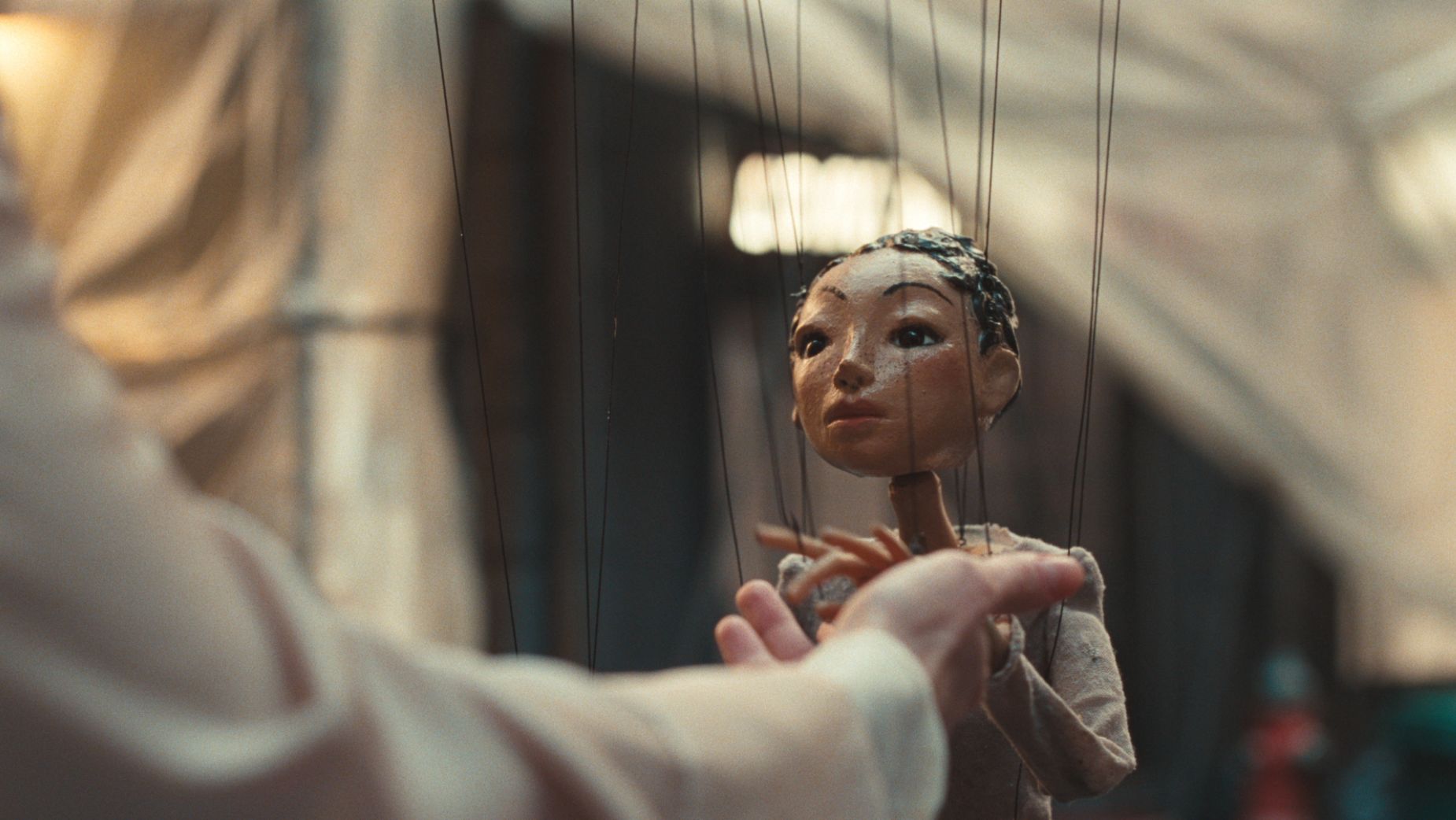
The delicacy of the singular puppet meant that over the days of the production, it inevitably got damaged: “In some shots, the chips on the nose and hands were very visible,” said Jordi, and Rohtau undertook beauty repair work for the puppet in post while maintaining the utmost natural realism and accuracy.
Rohtau was likewise tasked with representing the cancer itself as it grew, changed, and morphed. It needed to be evocative and visually arresting yet sensitive and artistic in line with the rest of the film. “After some R&D, the technique that gave us all the best results evolved from a 2.5D approach into a full-on CGI volumetric representation of cancer, with a stylised look and sympathetic comp, an abstract yet familiar ever-evolving form,” Jordi explained.
“We used some of the best FX artists from our extensive network and constructed many variations that were analysed by Niclas, the agency, and ourselves with the idea of making sure the audience would understand that this was cancer without being too obvious, or gory... basically, no cheap tricks. As such, we had to work hard in a more advanced and technically involved method that followed similar growth patterns as a real cancer does, but visually more sensitive and interesting.”

The compositing of the cancer was done in Flame “because we needed a more painterly approach that gave these shots a more tactile feeling,” added Josh. Overall, an effortless quality permeates the film, deliberately light on VFX: “That was the point, to be truly invisible and give the most respect for the craft of everyone involved,” added Jordi.
Collaboration was the glue that held this production together. “Jordi is an incredible force to have next to you when you’re pushing for last minute tweaks since he’s as passionate (read: insane) about it all as I am,” said Niclas.
“Fostering a deep-rooted connection and mutual understanding that enables the entire team to harmonise efforts” is what the Rohtau team does best, in their own words.
The team concluded: “This synergy nurtures a shared passion for craftsmanship in the final film, inspiring every artist to reach their fullest potential and contribute their absolute best. This is where we thrive and our talent excels, as we search out these handpicked individuals, those master artisans, every time for the new creative at hand and watch them and the film flourish.”






